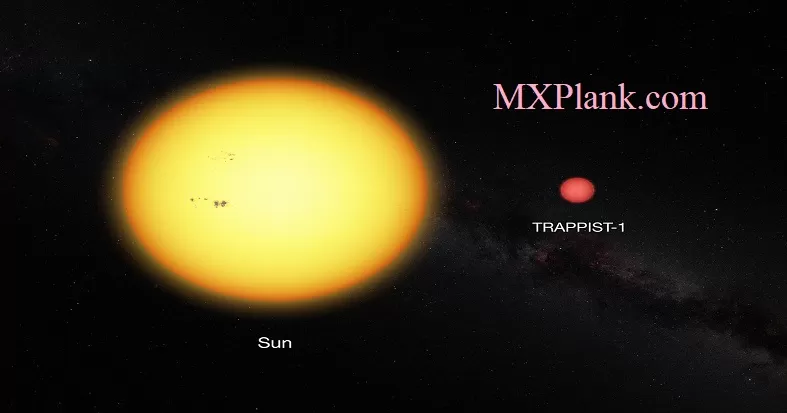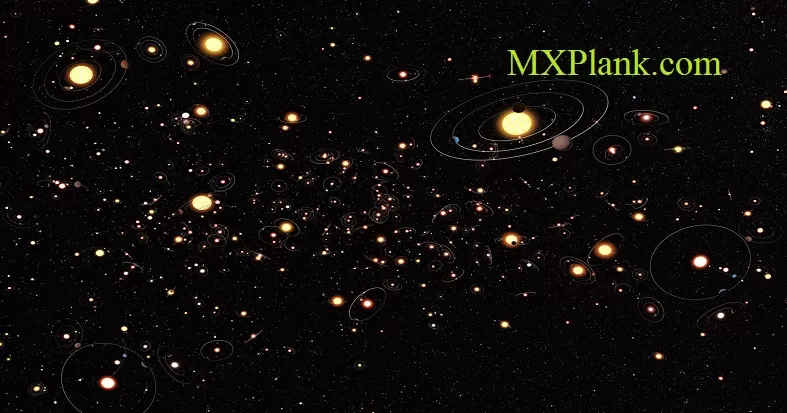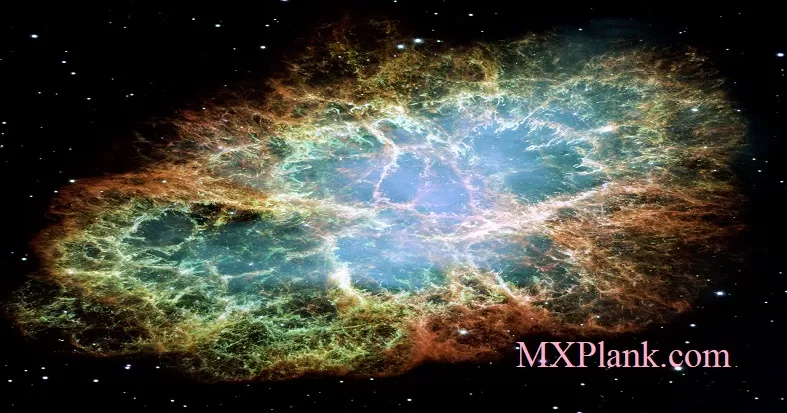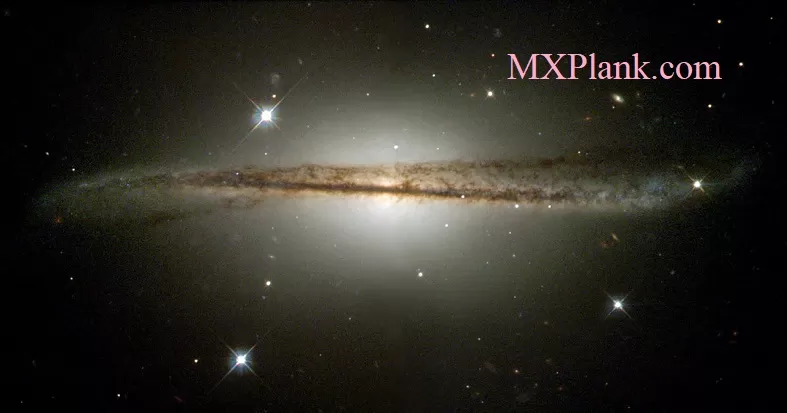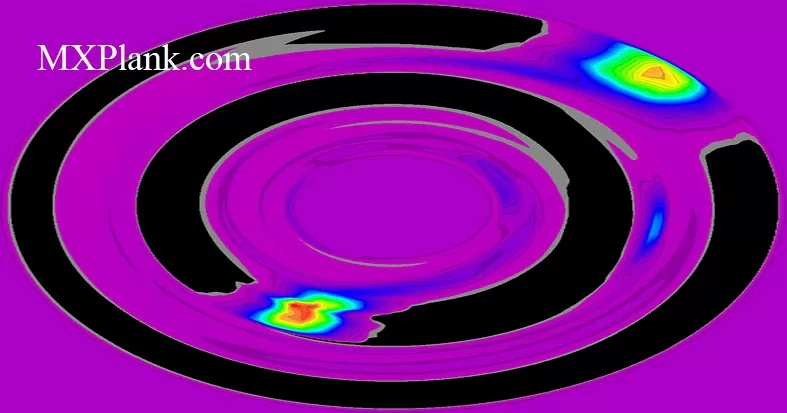The largest of its kind

Messier 2 is located in the constellation of Aquarius (The Water-Bearer), about 55 000 light-years away. It is a globular cluster, a spherical group of stars all tightly bound together by gravity. With a diameter of roughly 175 light-years, a population of 150 000 stars, and an age of 13 billion years, Messier 2 is one of the largest clusters of its kind and one of the oldest associated with the Milky Way.
Most of the cluster's mass is concentrated at its centre, with shimmering streams of stars extending outwards into space. It is bright enough that it can even be seen with the naked eye when observing conditions are extremely good.
The first globular cluster to be added to the Messier catalog, M2 is located roughly 37,000 light-years from Earth in the constellation Aquarius. A globular cluster is a spherical group of stars that are bound together by their mutual gravitational attraction. M2 has a diameter of over 150 light-years and is one of the largest clusters of its kind. It was discovered in 1746 by the French astronomer Jean-Dominique Maraldi while he was observing a comet.
This Hubble image of M2's core was created using observations taken at visible and infrared wavelengths. M2 contains over 150,000 stars. Most of the cluster's mass is concentrated at its center, with shimmering streams of stars extending outward into space. It has an apparent magnitude of 6.3 and can be seen with the naked eye in ideal viewing conditions. The best time to observe M2 is during the month of October. Large telescopes will resolve the cluster's individual stars.
Credit:
ESA/Hubble & NASA, G. Piotto et al.

